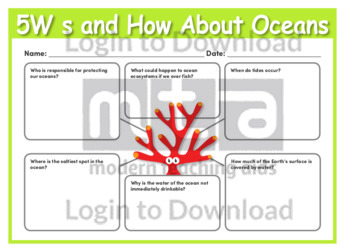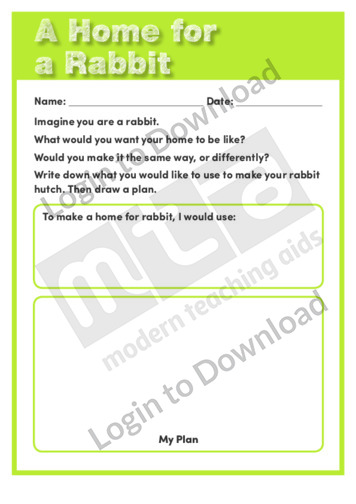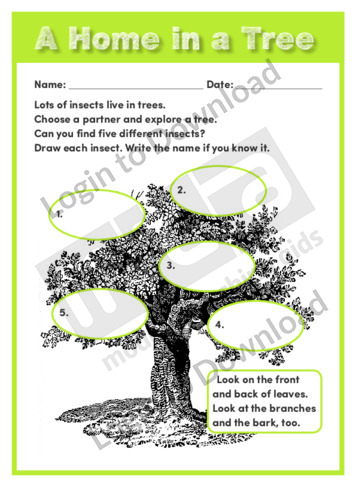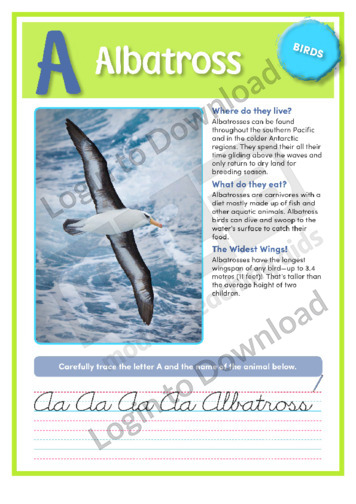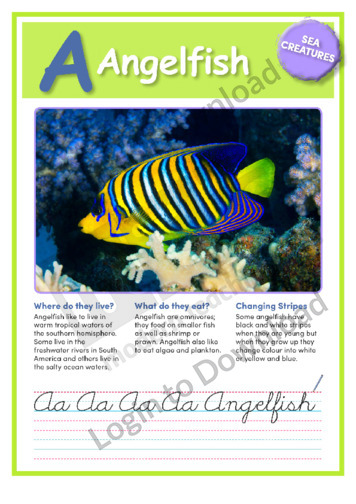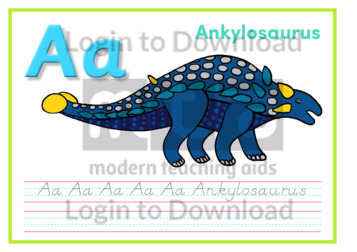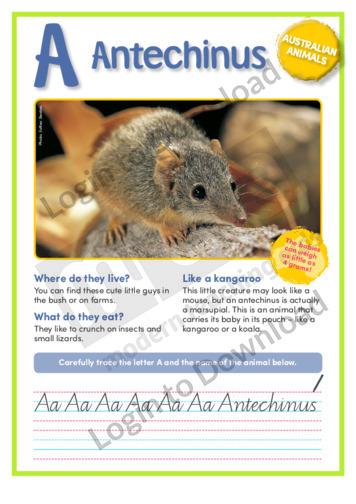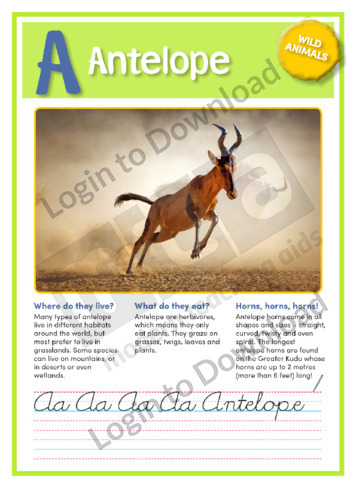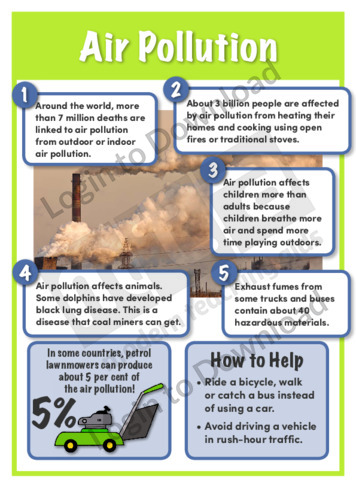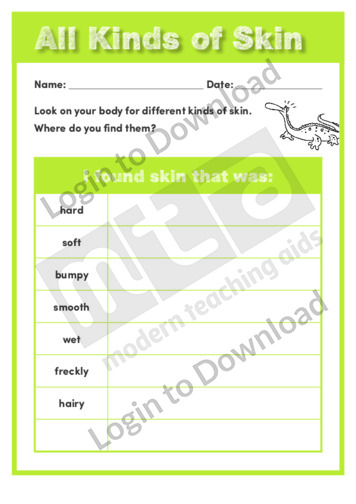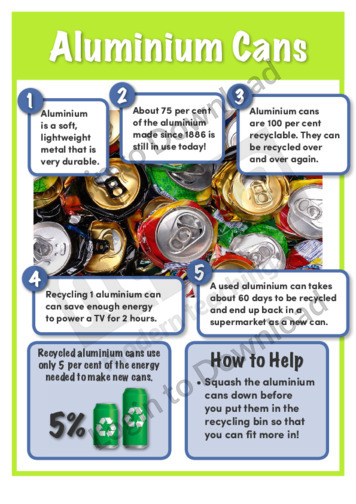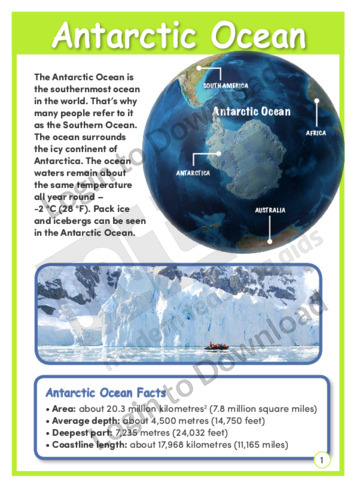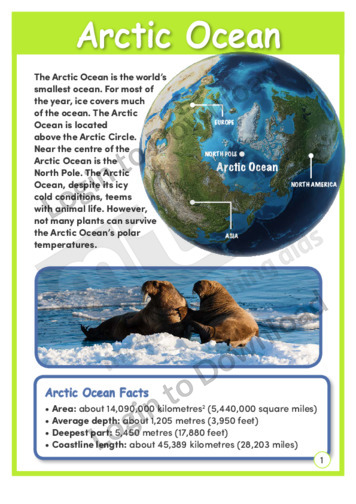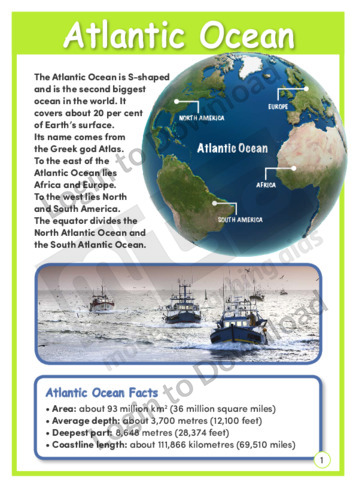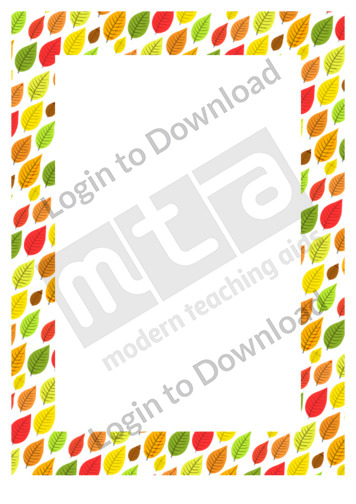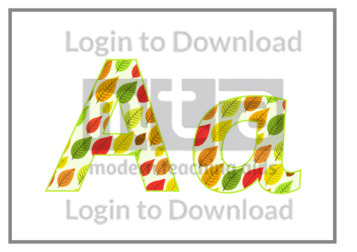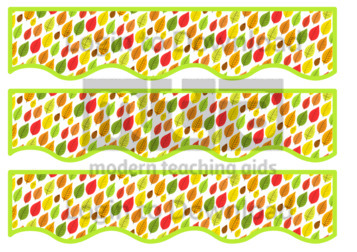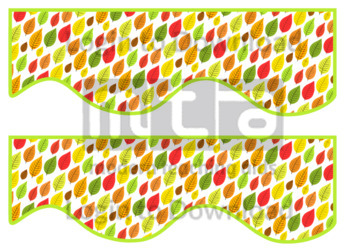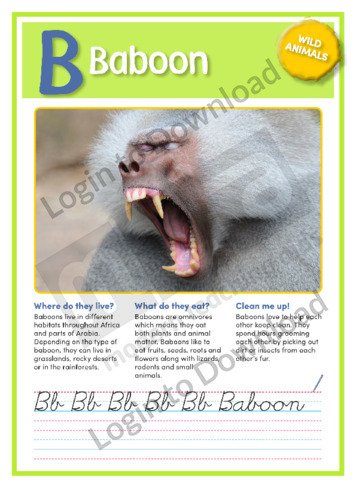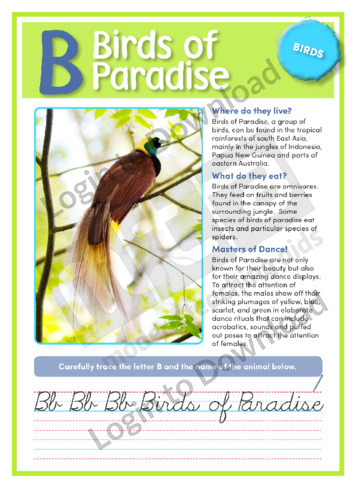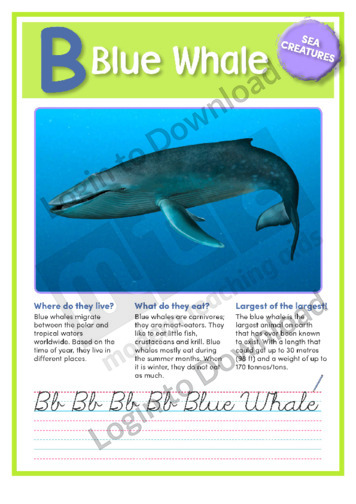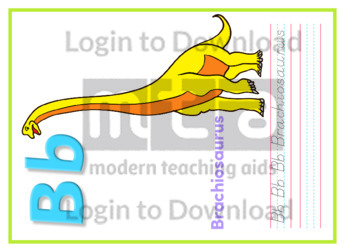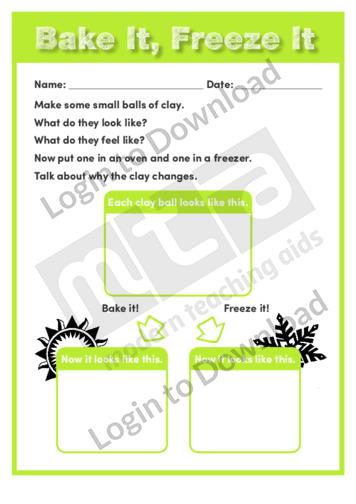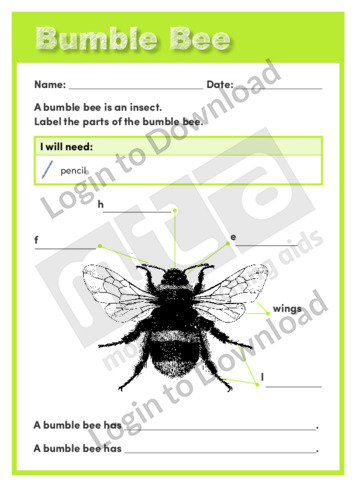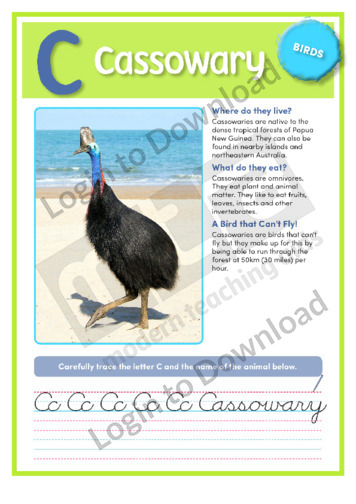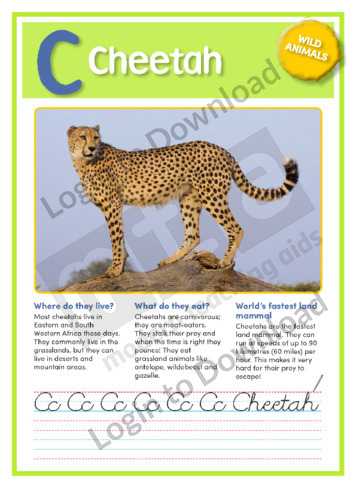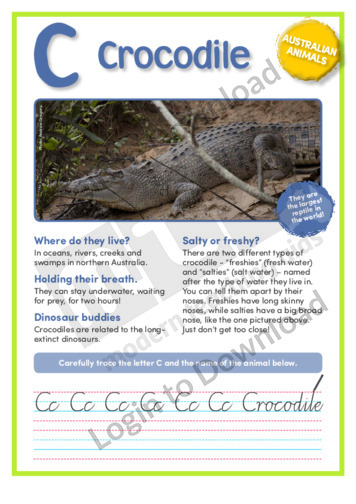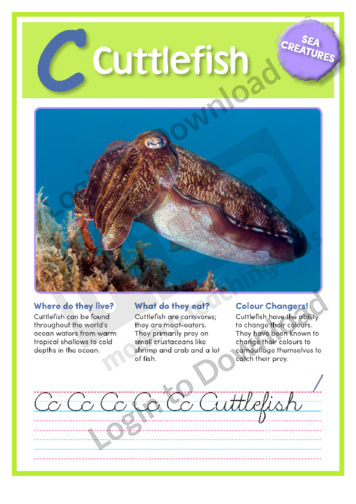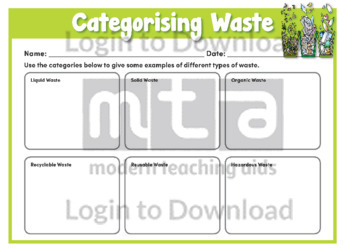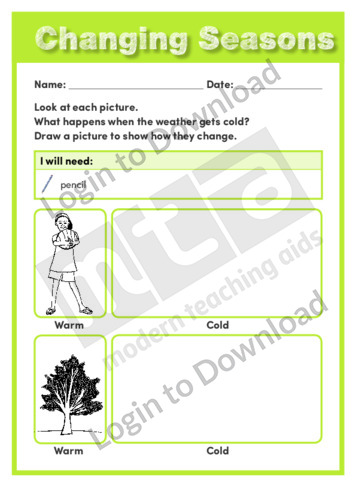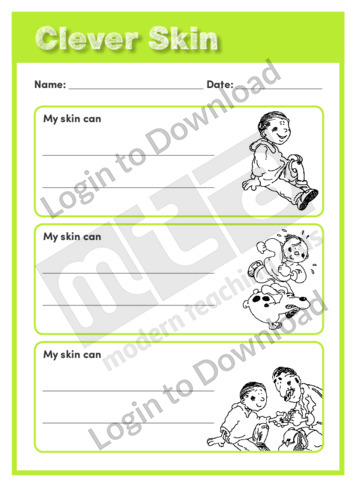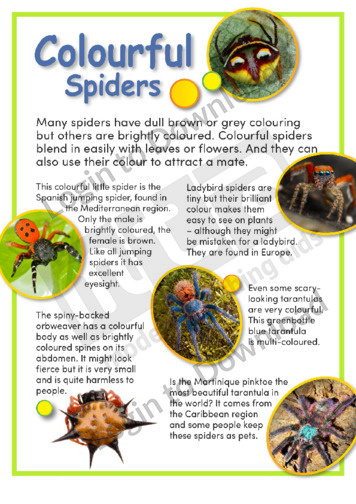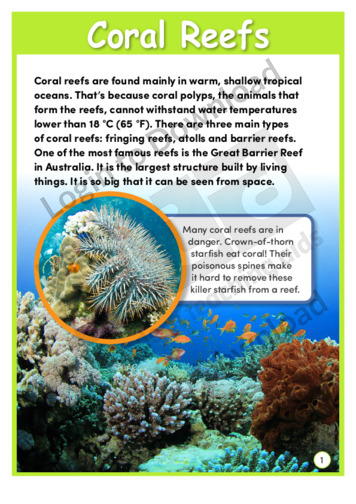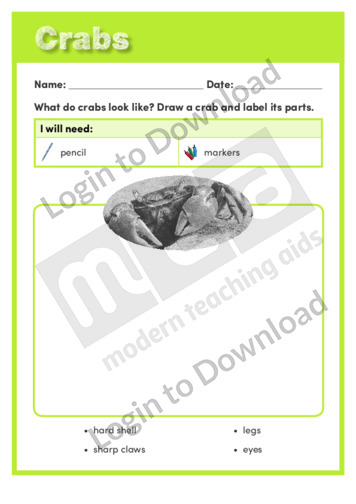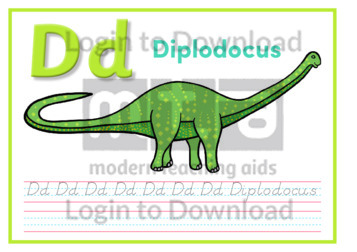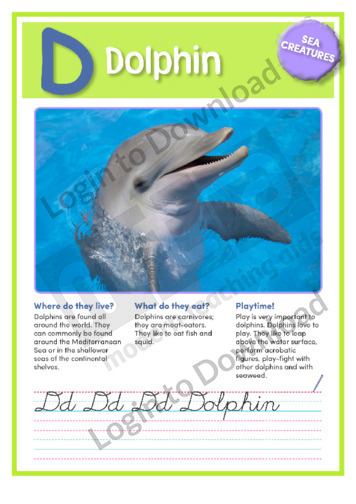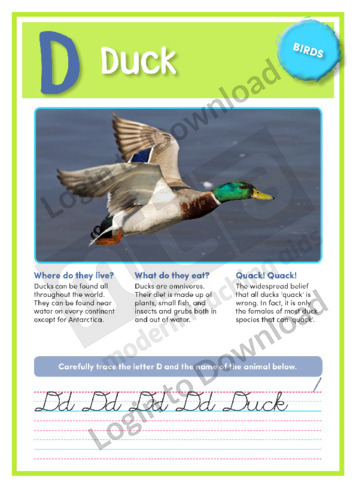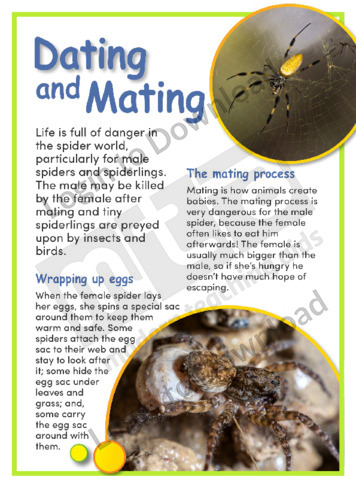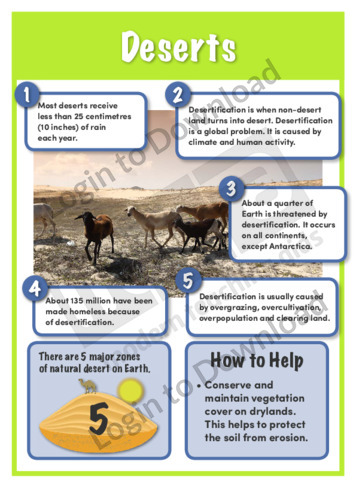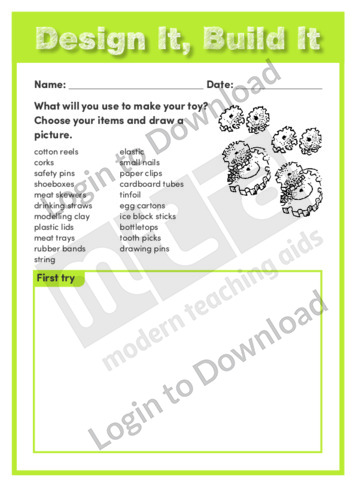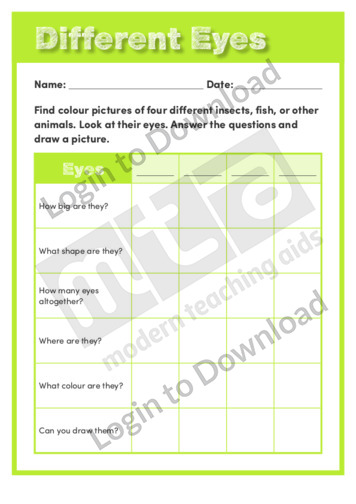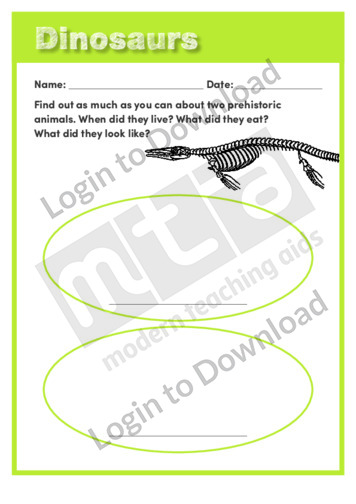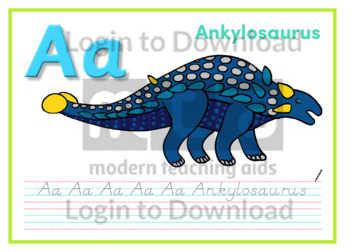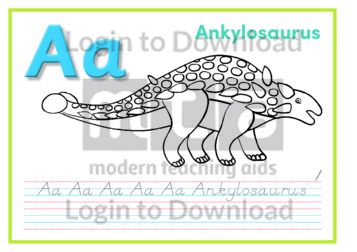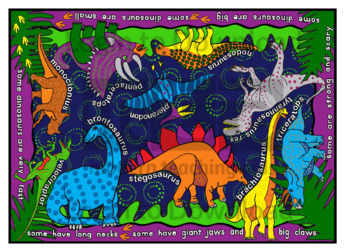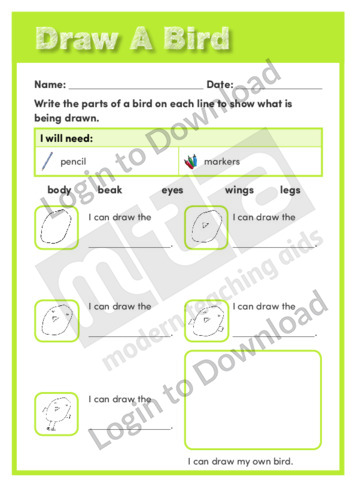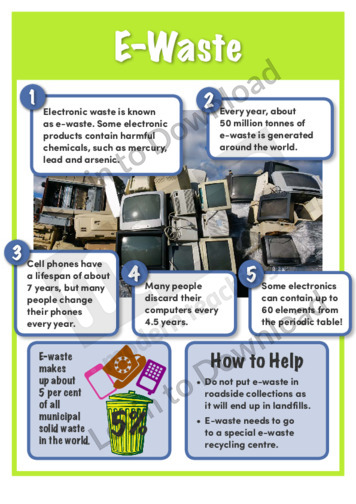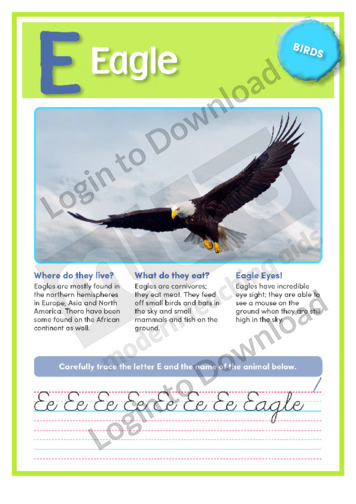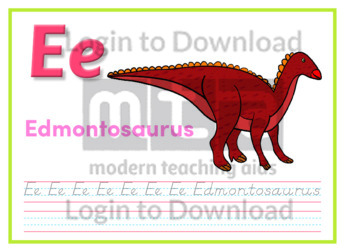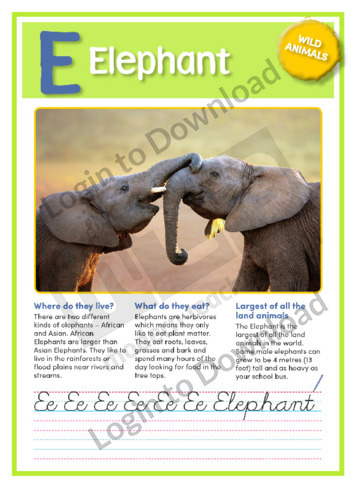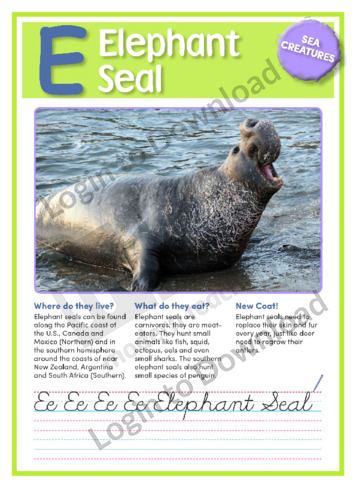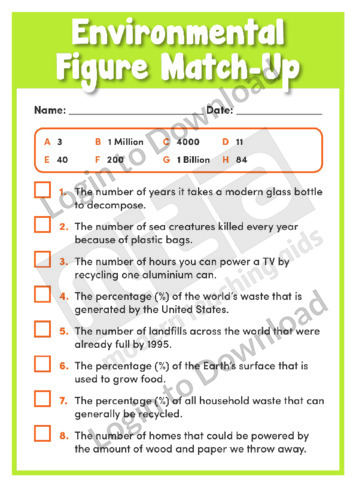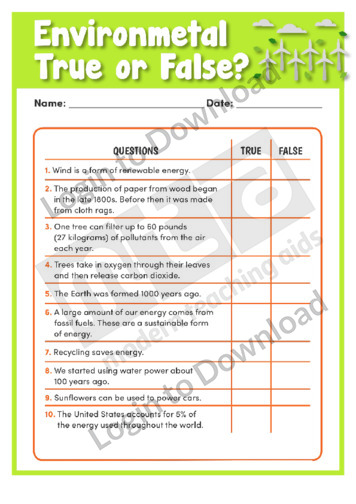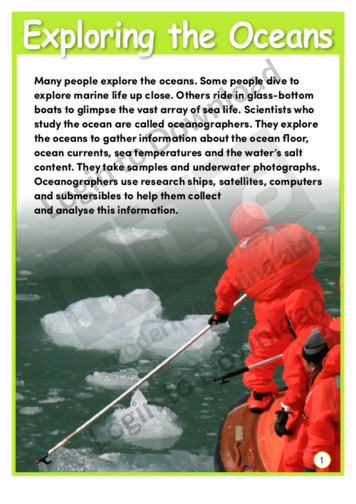This worksheet, ‘5Ws and How About Energy’ provides a structured diagram that helps students identify the who, what, when, where, why and how of energy. It is a great visual graphic that can be used as a comprehension activity and to generate meaningful class discussion.
This worksheet, ‘5Ws and How About Oceans’ provides a structured diagram that helps students identify the who, what, when, where, why and how of oceans. It is a great visual graphic that can be used to generate meaningful class discussion or to supplement an Under the Sea themed teaching unit.
This life science worksheet, ‘A Home for a Rabbit’ asks students to imagine and plan a different kind of home for a rabbit. It supports an understanding of animals and habitats.
This life science worksheet, ‘A Home in a Tree’ asks students to examine a tree to find insects that live in or on it. It supports an understanding of animal habitats.
This short nonfiction text, ‘A: Albatross’ provides factual information about the Albatross, exploring where they live, what they eat and other interesting facts.
This short nonfiction text, ‘A: Angelfish’ provides factual information about the Angelfish, exploring where they live, what they eat and other interesting facts.
This Animal Alphabet, ‘A: Ankylosaurus’ is a Dinosaur themed worksheet that provides opportunities for handwriting practice.
This short nonfiction text ‘A: Antechinus’ provides factual information about the Australian animal the Antechinus.
This short nonfiction text, ‘A: Antelope’ provides factual information about the Antelope, exploring where they live, what they eat and other interesting facts.
This science article, ‘Air Pollution’ features five facts about the effect of air pollution on planet Earth. It provides factual information about air pollution, as well as ways to help lessen its impact on the environment. It is aimed at broadening students’ scientific and environmental awareness.
This life science worksheet, ‘All Kinds of Skin’ asks students to identify different kinds of skin on their own bodies. It supports an understanding of the human body.
This science article, ‘Aluminium Cans’ features five facts about the environmental effects of aluminium cans on planet Earth. It provides factual information about aluminium cans, as well as ways to help lessen their impact on the environment. It is aimed at broadening students’ scientific and environmental awareness.
This full colour ‘Animals’ illustration can be reproduced for classroom use. It features labelled pictures of a variety of common wild and domestic animals and is a fun and educational addition to an animals themed classroom display.
This science article, ‘Antarctic Ocean’ features different aspects of the Antarctic Ocean. It provides factual information about the animals that survive and thrive in the icy Antarctic waters and continent. It is aimed at broadening students’ scientific and geographical awareness in an engaging manner.
This science article, ‘Arctic Ocean’ features different aspects of the Arctic Ocean. It provides factual information about Arctic ice and animals of the Arctic. It is aimed at broadening students’ scientific and geographical awareness in an engaging manner.
This science article, ‘Atlantic Ocean’ features different aspects of the Atlantic Ocean. It provides factual information about icebergs, exploration and fishing. It is aimed at broadening students’ scientific and geographical awareness in an engaging manner.
These decorative page borders, ‘Autumn Leaves’ are a set of full colour and black and white page borders that can be used in various ways in the classroom such as in wall displays and bulletin boards. They can also be used in student projects or worksheets. Borders can be printed, coloured in and laminated.
This display alphabet, ‘ Autumn Leaves’ is a collection of themed printable letters. A classroom essential for use in various ways such as wall displays and bulletin boards and for use in student projects. Letters can be cut out, printed and laminated.
These Bulletin Board Trimmers, ‘Autumn Leaves’ are a set of narrow bulletin border trimmers that can be used in various ways in the classroom such as in wall displays and bulletin boards. They can also be used in student projects or worksheets. Trimmers can be printed, cut out and laminated.
These display numbers, ‘Autumn Leaves’ are a collection of themed printable numbers. A classroom essential for use in various ways such as wall displays and bulletin boards and for use in student projects. Numbers can be cut out, printed and laminated.
These Bulletin Board Trimmers, ‘Autumn Leaves’ are a set of wide bulletin border trimmers that can be used in various ways in the classroom such as in wall displays and bulletin boards. They can also be used in student projects or worksheets. Trimmers can be printed, cut out and laminated.
This short nonfiction text, ‘B: Baboon’ provides factual information about the Baboon, exploring where they live, what they eat and other interesting facts.
This short nonfiction text, ‘B: Birds of Paradise’ provides factual information about the Birds of Paradise, exploring where they live, what they eat and other interesting facts.
This short nonfiction text, ‘B: Blue Whale’ provides factual information about the Blue Whale, exploring where they live, what they eat and other interesting facts.
This Animal Alphabet, ‘B: Brachiosaurus’ is a Dinosaur themed worksheet that provides opportunities for handwriting practice.
This Earth Science worksheet, ‘Bake It, Freeze It’ asks students observe and record what happens when clay is baked and frozen. It supports an understanding of changes in materials.
This life science worksheet, ‘Bumble Bee’ supports students to identify and name the features of a bee. It supports an understanding of animals.
This Animal Alphabet, ‘C: Carnotaurus’ is a Dinosaur themed worksheet that provides opportunities for handwriting practice.
This short nonfiction text, ‘C: Cassowary’ provides factual information about the Cassowary, exploring where they live, what they eat and other interesting facts.
This short nonfiction text, ‘C: Cheetah’ provides factual information about the Cheetah, exploring where they live, what they eat and other interesting facts.
This short nonfiction text, ‘C: Crocodile’ provides factual information about the Australian animal the Crocodile.
This short nonfiction text, ‘C: Cuttlefish’ provides factual information about the Cuttlefish, exploring where they live, what they eat and other interesting facts.
This worksheet, ‘Categorising Waste’ provides students with a clear and simple graphical organiser that instructs them to list examples of the different types of waste. It is a great comprehension task that can be coupled with the Lesson Zone, ‘Types of Waste’ worksheet, or can be used to begin discussions.
This Earth science worksheet, ‘Changing Seasons’ asks students to identify and draw changes that take place at different temperatures. It supports an understanding of the seasons.
This life science worksheet, ‘Clever Skin’ supports students to consider the things skin can do. It supports an understanding of the human body.
This article, ‘Colourful Spiders’, provides information about brightly coloured spiders, their size, habitat and behaviour. Full-colour photographs illustrate some remarkable examples.
This science article, ‘Coral Reefs’ features what coral reefs need to survive. It provides factual information about different coral reefs, such as fringing reefs, atolls and barrier reefs. It is aimed at broadening students’ scientific and geographical awareness in an engaging manner.
This life science worksheet, ‘Crabs’ asks students to draw and label the named parts of a crab. It supports an understanding of animals.
This short nonfiction text, ‘D: Deer’ provides factual information about Deer, exploring where they live, what they eat and other interesting facts.
This short nonfiction text, ‘D: Dingoes’ provides factual information about the Australian animal the Dingo.
This Animal Alphabet, ‘D: Diplodocus’ is a Dinosaur themed worksheet that provides opportunities for handwriting practice.
This short nonfiction text, ‘D: Dolphin’ provides factual information about the Dolphin, exploring where they live, what they eat and other interesting facts.
This short nonfiction text, ‘D: Duck’ provides factual information about the Duck, exploring where they live, what they eat and other interesting facts.
This article, ‘Spiders: Dating and Mating’ provides information about spider mating, protection of eggs and spiderlings. Full-colour photographs illustrate the information.
This science article, ‘Deserts’ features five facts about deserts and desertification on planet Earth. It provides factual information about deserts and desertification, as well as ways to help lessen the environmental impact of destroying deserts. It is aimed at broadening students’ scientific and environmental awareness.
This physical science worksheet, ‘Design It, Build It’ asks students to select some everyday objects then design, build and trial a toy.
This life science worksheet, ‘Different Eyes’ asks students to observe and compare the eyes of different animals. It supports an understanding of animals.
This Earth Science worksheet, ‘Dinosaurs’ asks students to research two dinosaurs and write what they learn about them. It supports an understanding of animals from the past.
This Animal Alphabet, ‘Dinosaurs’ is a collection of Dinosaur themed worksheets that provides opportunities for handwriting practice.
This Black and White Animal Alphabet, ‘Dinosaurs’ is a collection of Dinosaur themed worksheets that provides opportunities for handwriting practice.
This full colour ‘Dinosaurs’ informative illustration can be reproduced for classroom use. It features a variety of the most common dinosaur species and is a fun and educational addition to a dinosaur themed classroom display.
This life science worksheet, ‘Draw a Bird’ supports students to draw the parts of a bird. It supports an understanding of animals.
This science article, ‘E-Waste’ features five facts about the environmental effects of e-waste on planet Earth. It provides factual information about e-waste, as well as ways to help lessen its impact on the environment. It is aimed at broadening students’ scientific and environmental awareness.
This short nonfiction text, ‘E: Eagle’ provides factual information about the Eagle, exploring where they live, what they eat and other interesting facts.
This Animal Alphabet, ‘E: Edmontosaurus’ is a Dinosaur themed worksheet that provides opportunities for handwriting practice.
This short nonfiction text, ‘E: Elephant’ provides factual information about the Elephant, exploring where they live, what they eat and other interesting facts.
This short nonfiction text, ‘E: Elephant Seal’ provides factual information about the Elephant Seal, exploring where they live, what they eat and other interesting facts.
This worksheet, ‘Environmental Figure Match-Up’ is a fun and engaging activity to explore interesting facts and figures about the environment. Students must match each fact to its corresponding figure by either cutting out or drawing links. This resource encourages students to think logically and analytically to ascertain the most likely answer. An answer sheet is …More
This worksheet, ‘Environmental True or False’ is a thought-provoking worksheet that requires students to asses the truth of facts about environmental concepts. Many students may presume the answers quickly only to realise their assumptions were not correct which can lead to interesting discussions and further research into environment related topics. An answer sheet is also …More
This science article, ‘Exploring the Oceans’ features oceanographers and the different ways to explore the ocean. It provides factual information about submersibles, scuba diving and glass-bottom boats. It is aimed at broadening students’ scientific and geographical awareness in an engaging manner.
It�s that easy!


